I redscaled some film, y’all.
What’s “redscale” film?
Yet another question that I’m glad you asked!
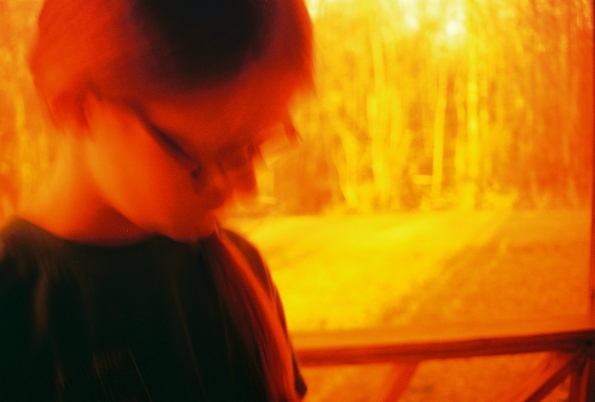
I didn’t know what redscale film was when I first saw it either. I saw some film labeled as redscale at Urban Outfitters last summer and was puzzled. I thought, “Surely Lomography hasn’t produced a new type of film…” They hadn’t. Redscaling is just an alternative photography technique. And I was so shocked that I’d never heard of this before, seeing as I’m an “experimental photography” enthusiast. You load film into a canister with the wrong way facing the shutter – this exposes a different part of the film’s emulsion, which is what causes the shift in the colors. Shooting the film upside down also causes your images appear reversed, as they would in a mirror. My research uncovered a tutorial on how to redscale your film, and it seemed simple enough. I decided to give it a go!
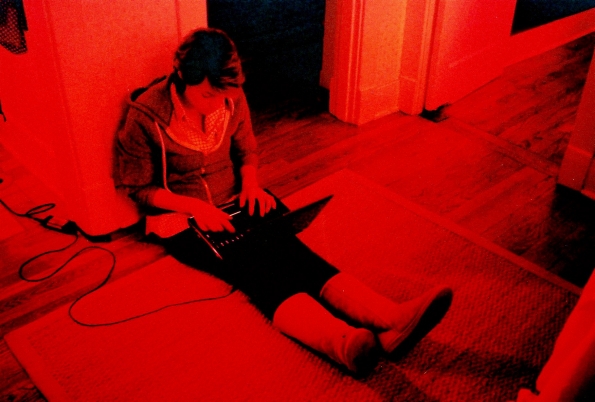
I took a roll of Fuji Superia 400 X-tra and transferred it into a canister for Fujicolor 200 film – backwards, like ya do. I loaded it into my trusty Canon Rebel 2000 and began incorporating this film/camera combo into my life over the course of the next few days. Here are some of the results! Backwards results, of course.
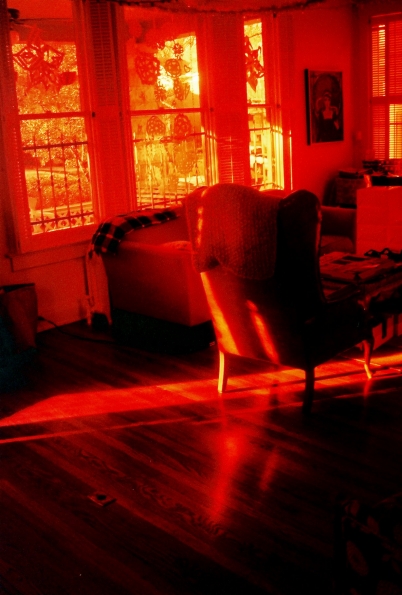


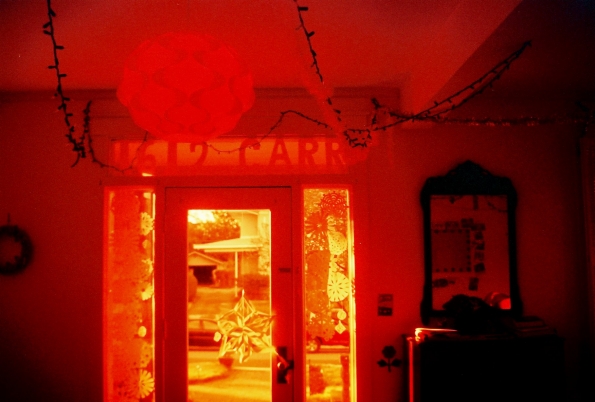
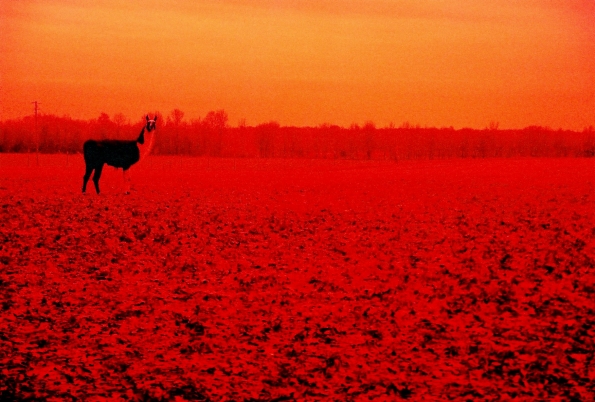
What do I think about shooting redscale film?
The same thing I think about shooting cross-processed film: Fun stuff! I normally like the colours in my photos to be as true-to-life as possible, but I enjoy alternative process techniques as a surreal accompaniment to the look of my usual photos.

___________________________________________________________________________________
Technical notes for my fellow photo nerds: This film was 400 ASA, shot as 200 ASA to help compensate for the fact that the light coming into the camera had to go through wrong side of the film in order to reach the light-sensitive side of the film (aka “the film was loaded upside down.”) The developed negatives look pretty well exposed, perhaps underexposed in some shots. I might experiment with exposure on future rolls of redscale film. I told the one hour mini-lab where these were developed that they shouldn’t try to correct the colour cast in the photos. As such, the negatives weren’t scanned quite right. There was a weird blue-green grain/noise in the areas of the photos that should have been black or shadowed. I didn’t know if this was an actual film exposure issue or an issue with the scans from the photo lab. I normally don’t do much to “fix” film photos in post-processing on the computer, but for these, I used the black color dropper in my software’s levels to click on an area of each photo that should have been black. This made the scans look MUCH better. I hope this does not constitute “photo manipulation.” I’m not really into that.
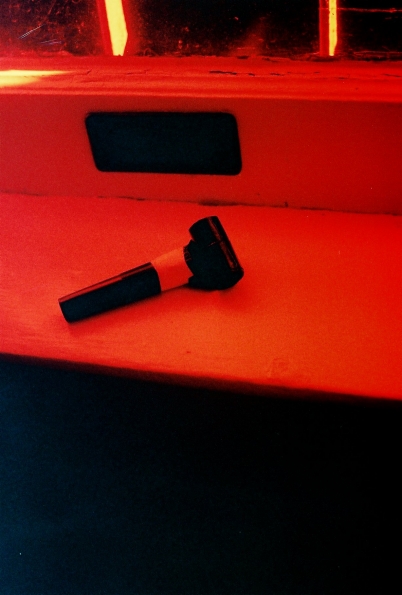





WHOA. It is super-trippy to see pics of my house reversed. At first, just looking at the pics, I couldn’t quite identify what was different… just that there was something “off”. LOL
I love the look and it’s lots of fun!
The trippy effect is either from the upside down film, or all the hallucinogens in the cupcakes.
Pingback: Further Adventures in Redscale | Shoot With Personality
Pingback: Amanda Goes to England, Vol. 2: 3 November, 2012 | Amanda Goes to England